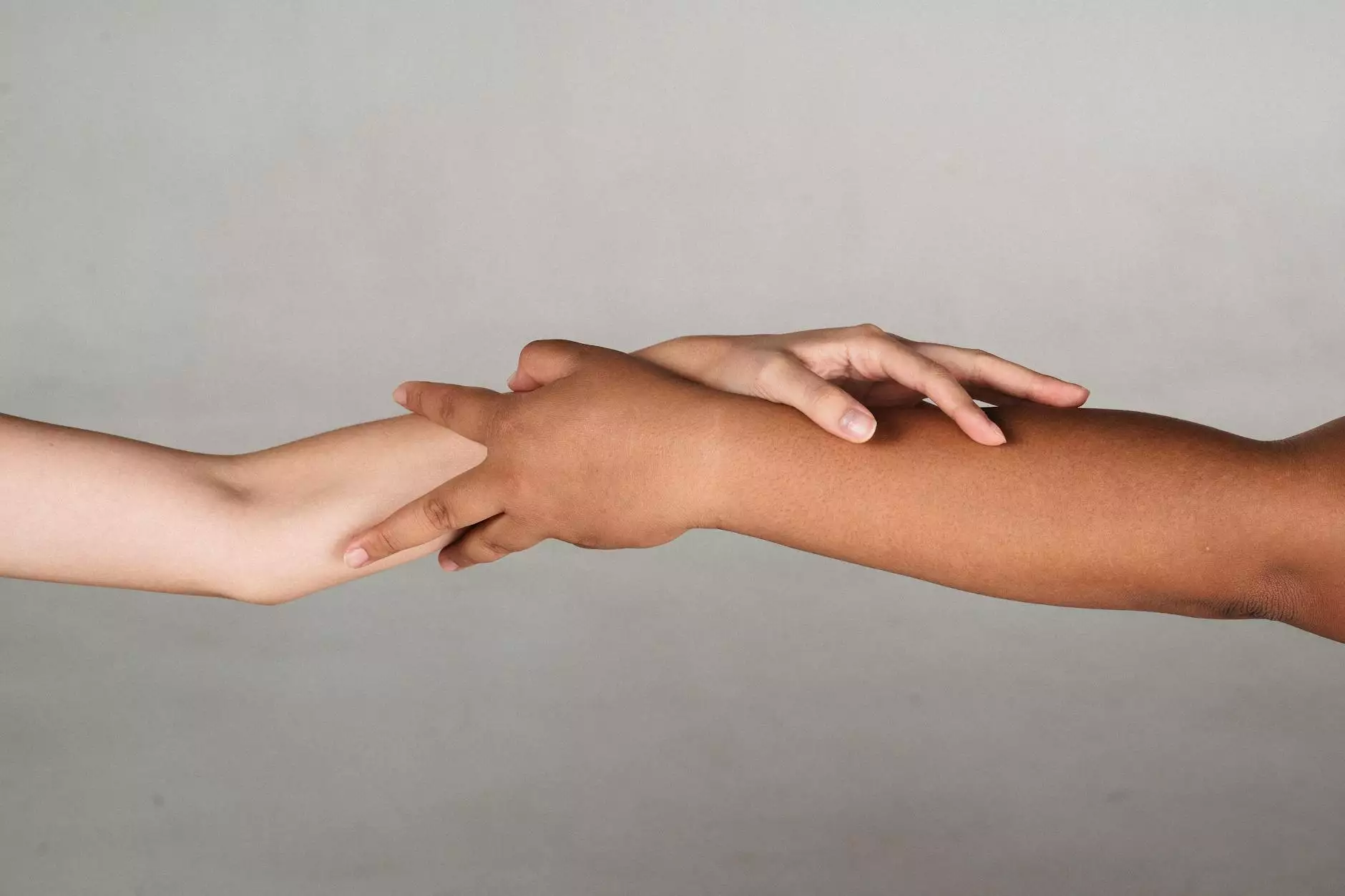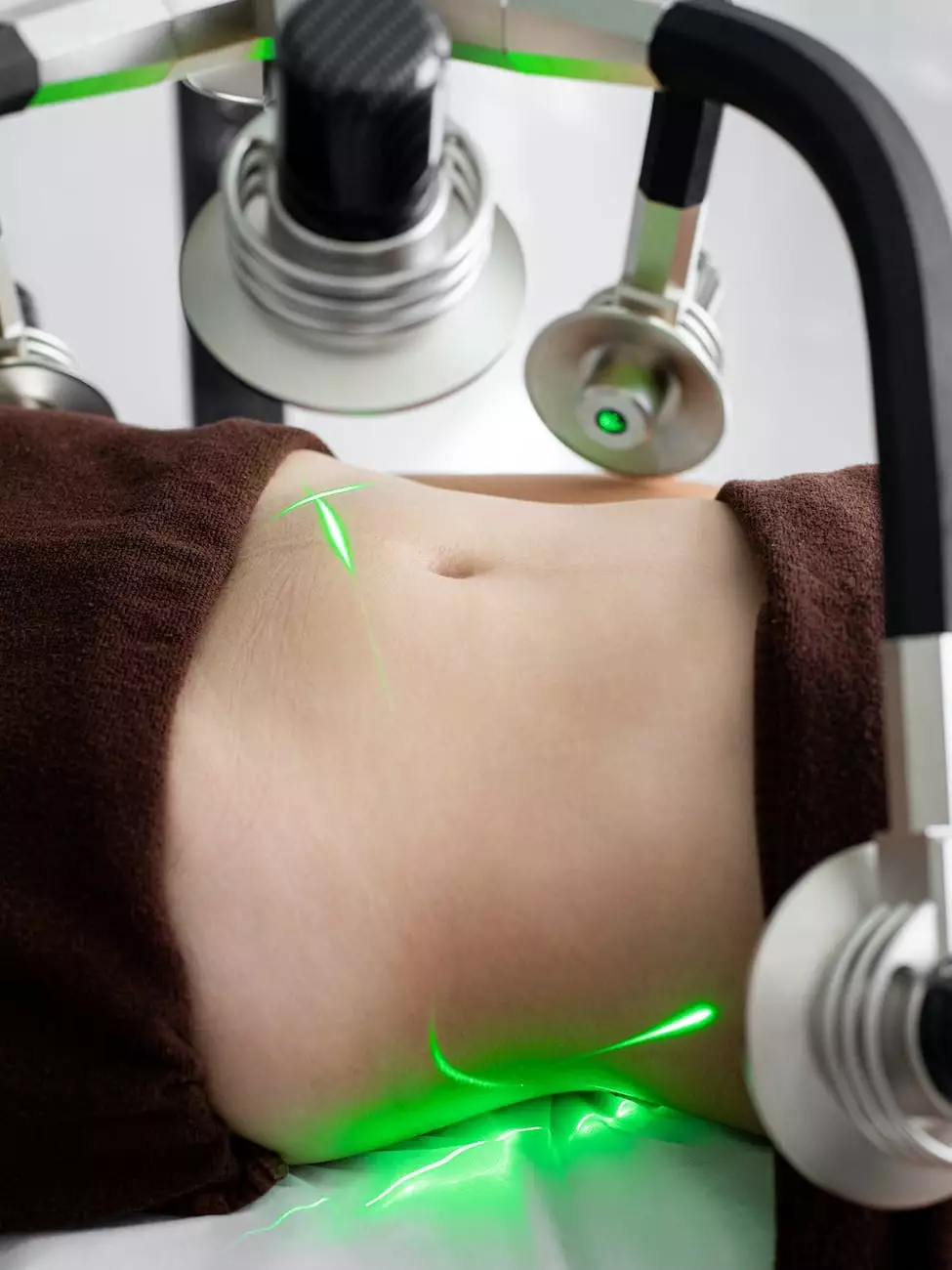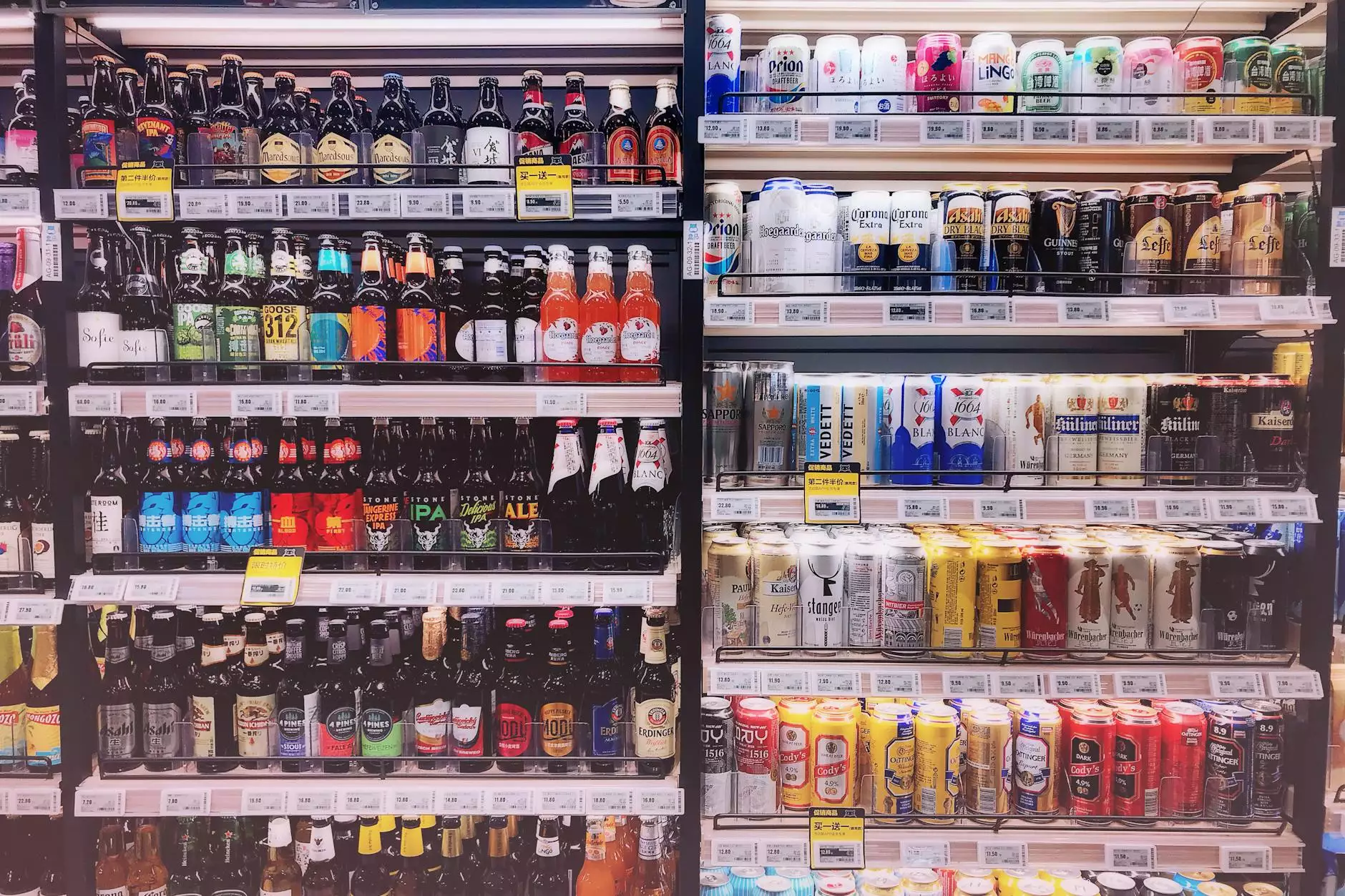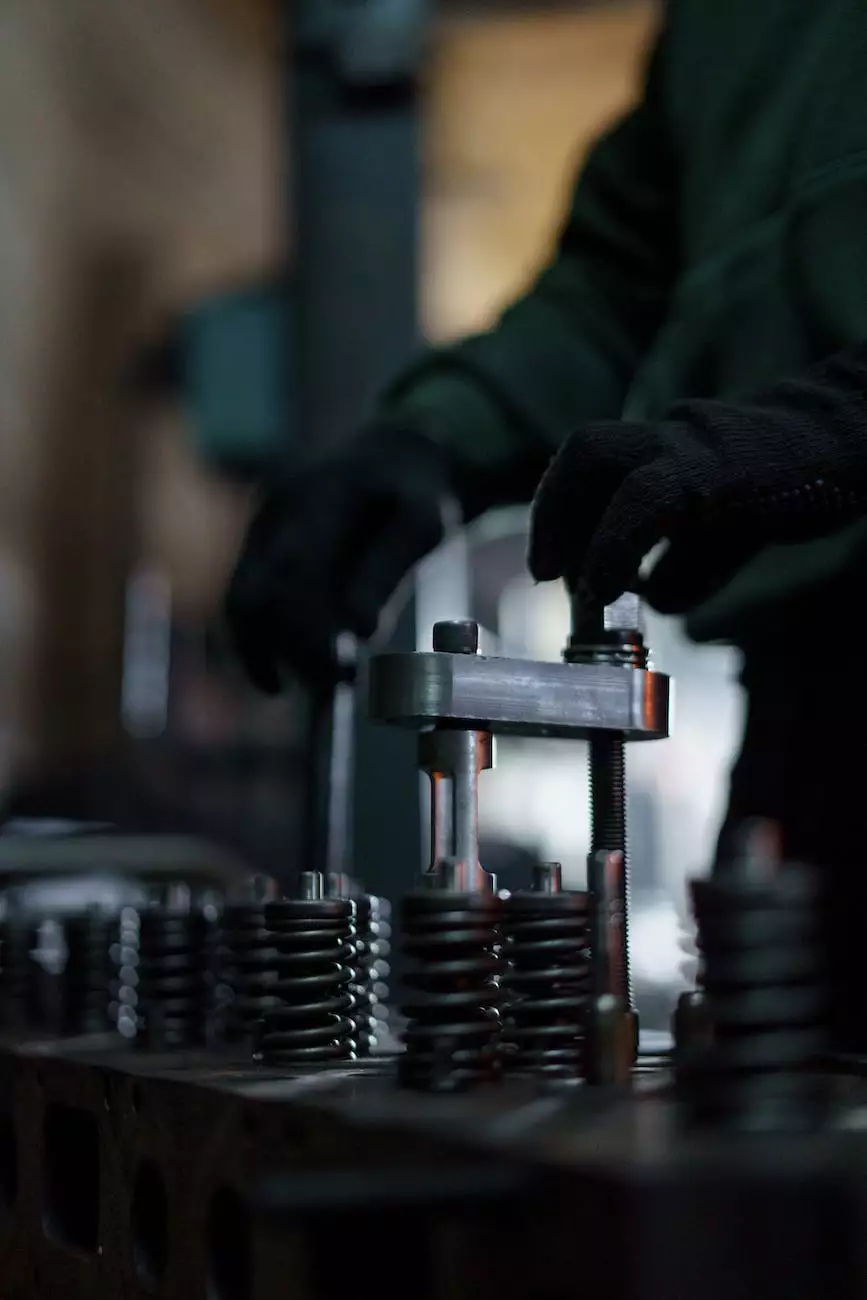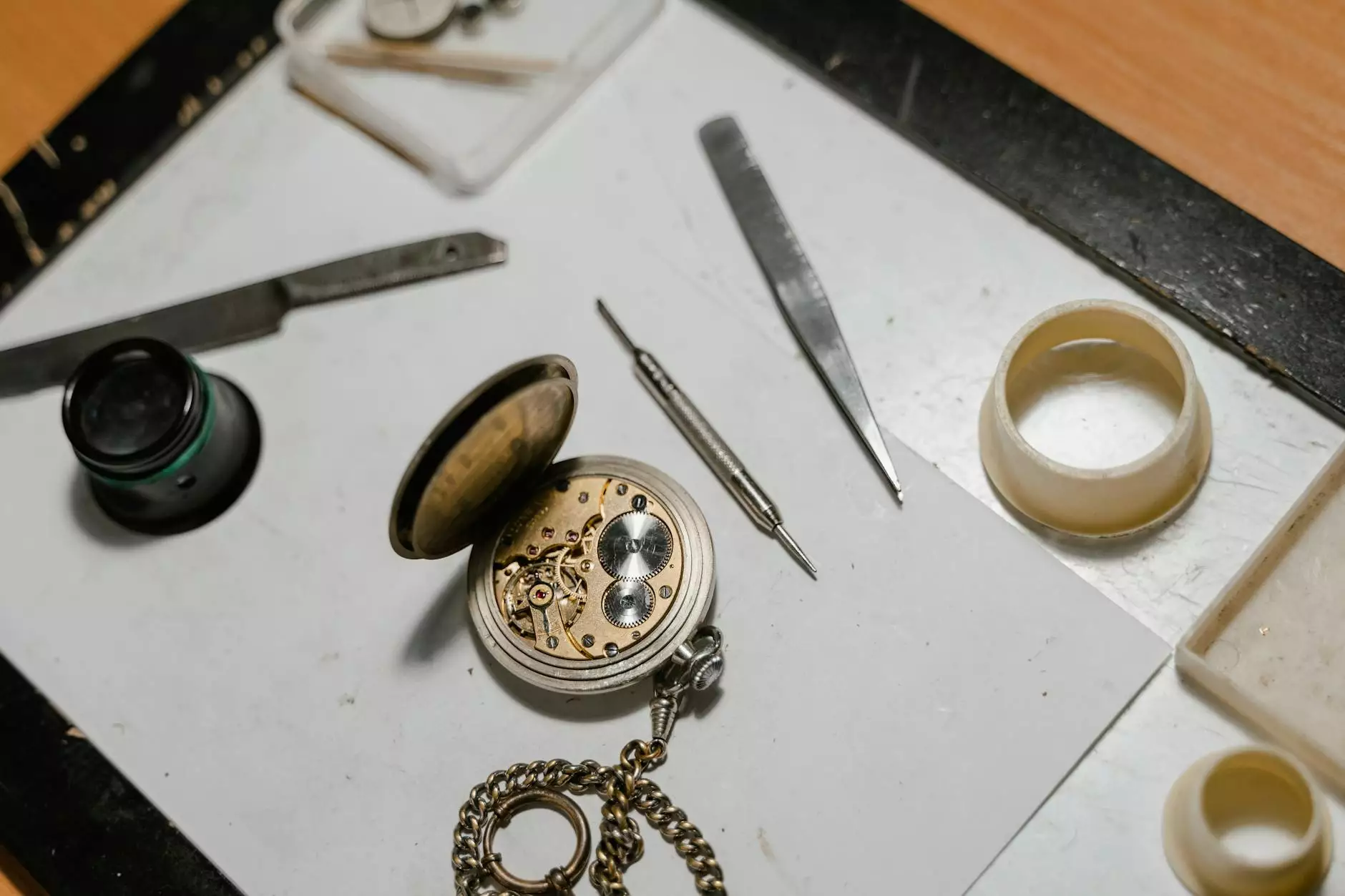Brush vs Spray Painting - Should you choose Brush Painting or Spray Painting?
Technology
When it comes to painting, whether for residential or commercial projects, choosing the right method can greatly impact the quality and durability of the finished results. Brush painting and spray painting are two commonly used techniques, each with its advantages and considerations. In this article, we will delve into the different aspects of brush painting and spray painting to help you make an informed decision for your next painting project.
Benefits of Brush Painting
Brush painting involves using a paintbrush to manually apply paint onto the surface. This method has been in existence for centuries and remains a popular choice for many painters due to its versatility and control.
1. Precision and Detailing
One of the key advantages of brush painting is the level of precision and detailing it offers. With a paintbrush, you have complete control over the brush strokes and can easily create intricate designs or patterns. This makes brush painting an excellent option for projects that require high-level detailing, such as mural artwork or restoring antique furniture.
2. Flexibility in Application
Brush painting allows for greater flexibility in application, as it can reach tight corners, edges, and irregular surfaces more easily than spray painting. This versatility makes it an ideal choice for painting complex architectural elements, trim work, or textured surfaces.
3. Better Adhesion
When using a paintbrush, the paint is brushed into the surface, ensuring better adhesion. This is particularly beneficial when painting porous surfaces such as wood or unprimed drywall. The brush strokes help the paint bond securely, resulting in a longer-lasting finish.
Considerations for Brush Painting
While brush painting offers various advantages, it's important to consider the following factors:
1. Time-consuming Process
Brush painting can be a time-consuming process, especially for larger areas. Each stroke requires precision and attention, which may not be feasible for extensive projects or tight deadlines. If time is a constraint, spray painting might be a more efficient option.
2. Potential Brush Marks
It's essential to have the necessary skills to minimize brush marks, as they can sometimes be visible in the finished results. Proper brush selection, technique, and paint viscosity are crucial to achieving a smooth, brush mark-free finish. Practice and experience are key to mastering this technique.
3. Limited Coverage
Brush painting can have limitations when it comes to large surface areas. Achieving an even coverage over extensive walls or ceilings may require multiple coats, which can be time-consuming and potentially result in variations in color intensity.
Advantages of Spray Painting
Spray painting involves using a spray gun or aerosol can to apply a fine mist of paint onto the surface. This method has gained popularity in recent years due to its efficiency, speed, and ability to cover large areas quickly.
1. Faster Application
Spray painting is significantly faster than brush painting, making it an ideal choice for large-scale projects. The spray gun covers more surface area in less time, reducing the overall project duration and labor costs.
2. Uniform and Smooth Finish
With spray painting, the fine mist of paint evenly coats the surface, resulting in a smooth and uniform finish. This makes it ideal for projects where a flawless appearance is desired, such as painting cabinets, doors, or automotive parts.
3. Seamless Coverage
Unlike brush painting, spray painting allows for seamless coverage that eliminates brush strokes and potential unevenness. This is particularly advantageous for projects that require a consistent and flawless appearance.
Considerations for Spray Painting
While spray painting offers numerous benefits, it's important to consider the following factors:
1. Overspray and Environmental Considerations
Spray painting generates overspray, which could settle on surrounding surfaces if not properly contained. This requires careful masking and covering of adjacent objects or areas. Additionally, proper ventilation and protective equipment are essential to minimize exposure to fumes and airborne particles.
2. Lack of Detailing Control
While spray painting works well for large areas and smooth surfaces, it may not provide the same level of control for detailed or intricate work. Achieving precise designs or intricate patterns might require brush painting or a combination of both techniques.
3. Surface Preparation
Spray painting requires thorough surface preparation to ensure proper adhesion and a smooth finish. Surfaces need to be clean, dry, and well-primed to achieve optimal results. Any imperfections or debris on the surface can become more noticeable with spray painting.
Which Method Should You Choose?
Ultimately, the choice between brush painting and spray painting depends on various factors, including the nature and size of your project, desired finish, timeline, and personal preferences. For detailed work and better control, brush painting is often the preferred method. On the other hand, spray painting offers efficiency and speed for large-scale projects with a smooth and flawless finish.
At Screens Unlimited, we understand the importance of selecting the right painting technique for your specific needs. As a leader in the business and consumer services industry, we specialize in providing expert painting services tailored to your requirements. Our team of skilled professionals is well-versed in both brush painting and spray painting techniques, ensuring top-quality results every time.
Whether you're looking to refresh a residential space or transform a commercial property, we have the expertise to bring your vision to life. Contact Screens Unlimited today to discuss your painting project and receive a personalized quote. Let us exceed your expectations with our exceptional painting services!




